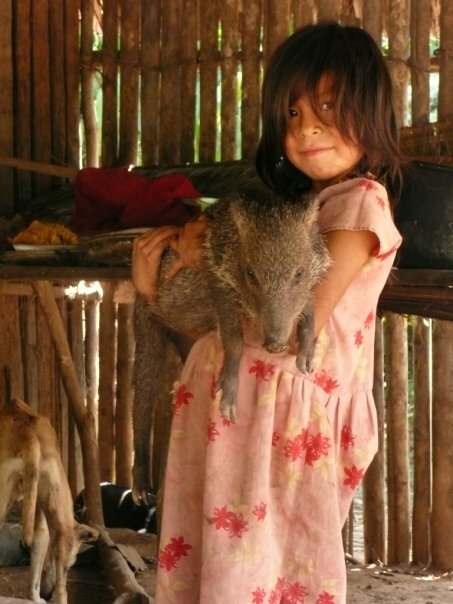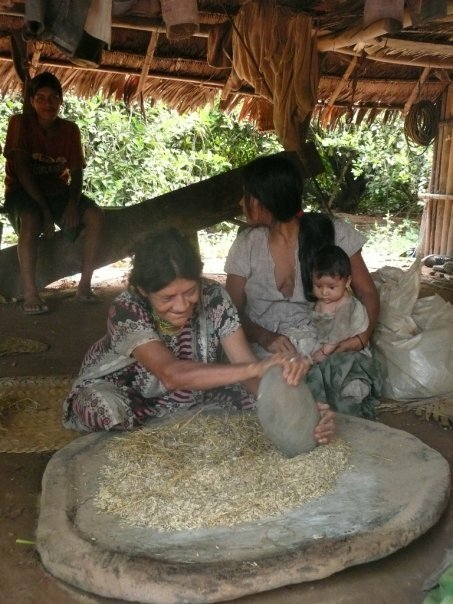Bolivia: The Tsimane
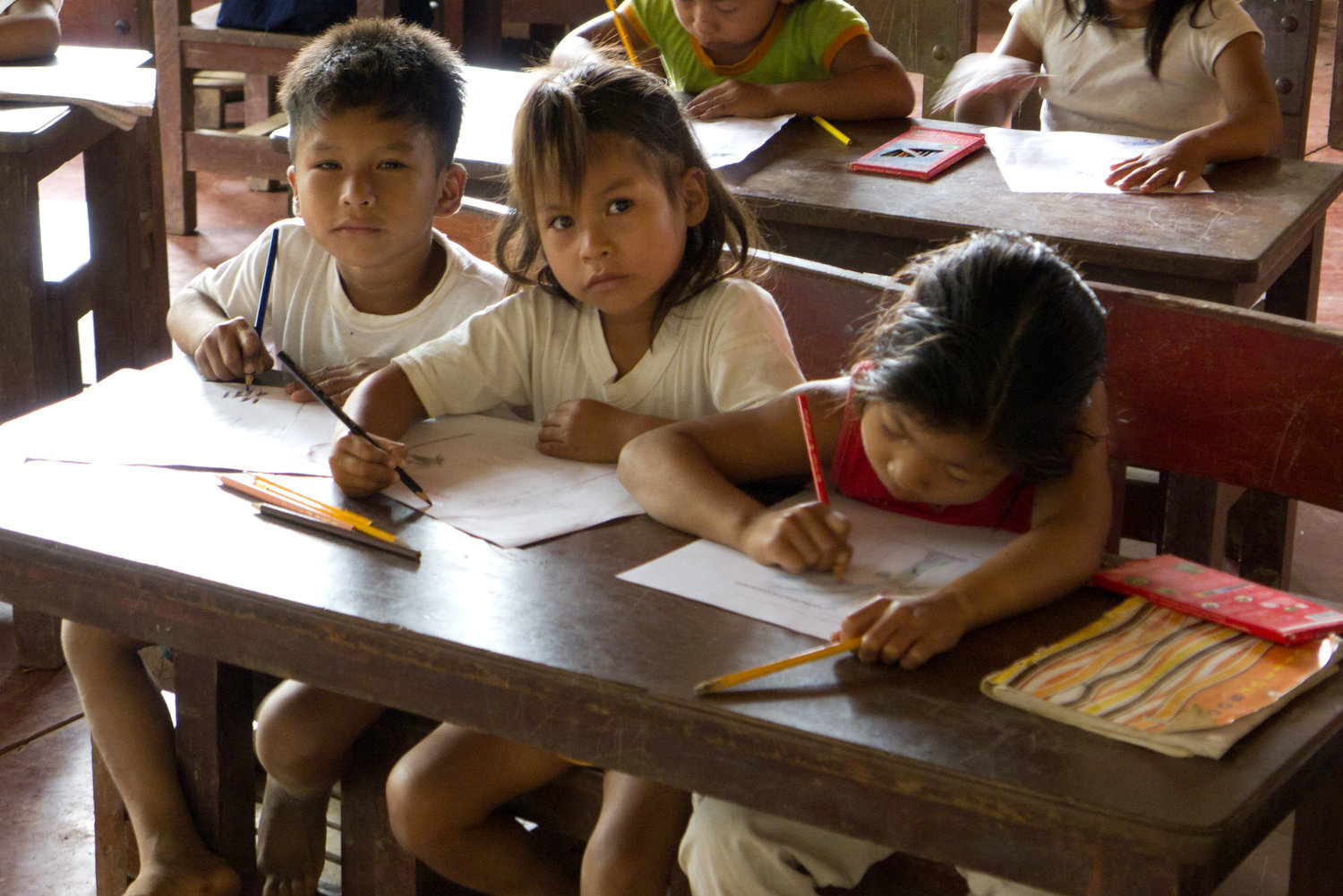
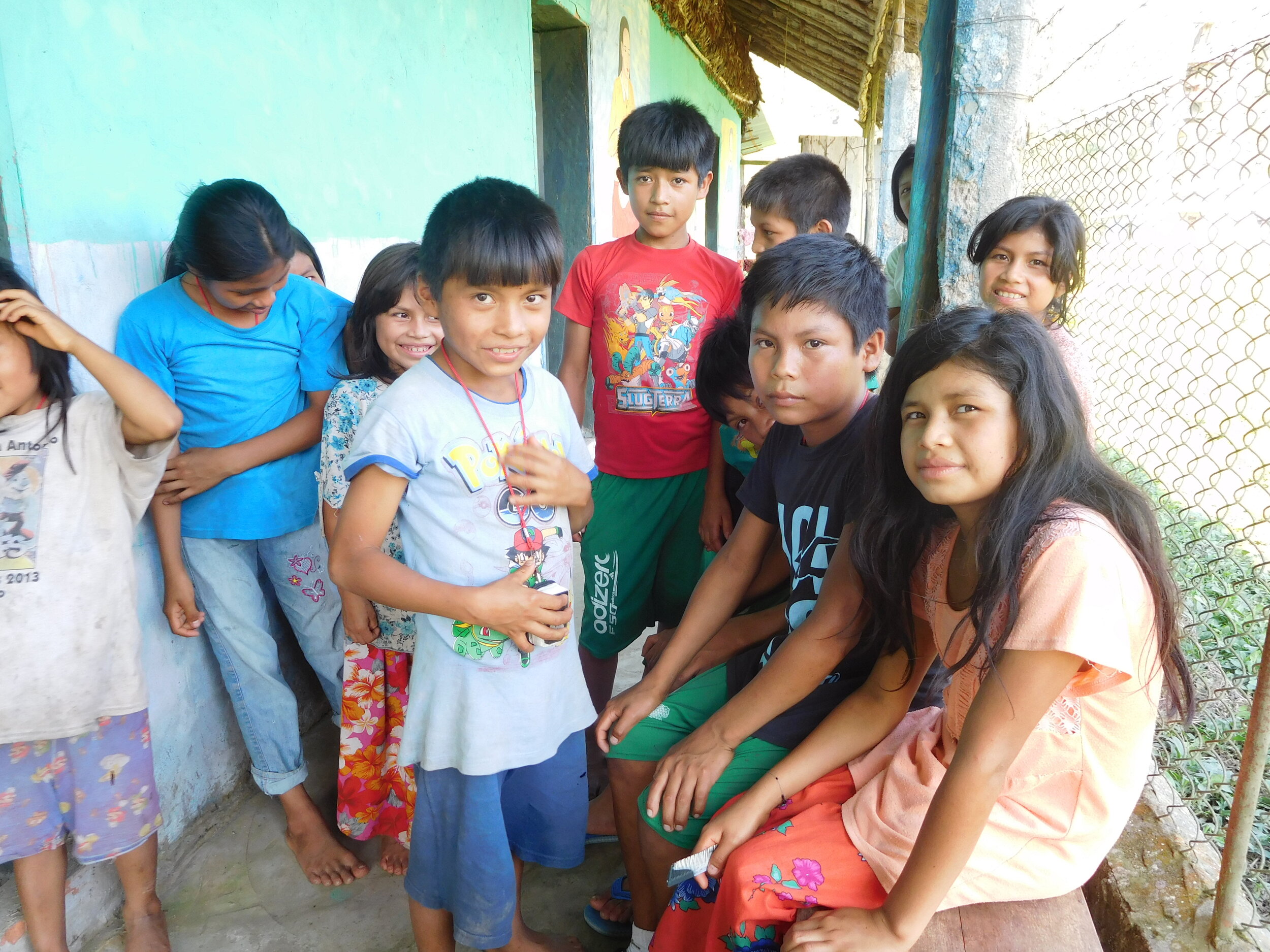

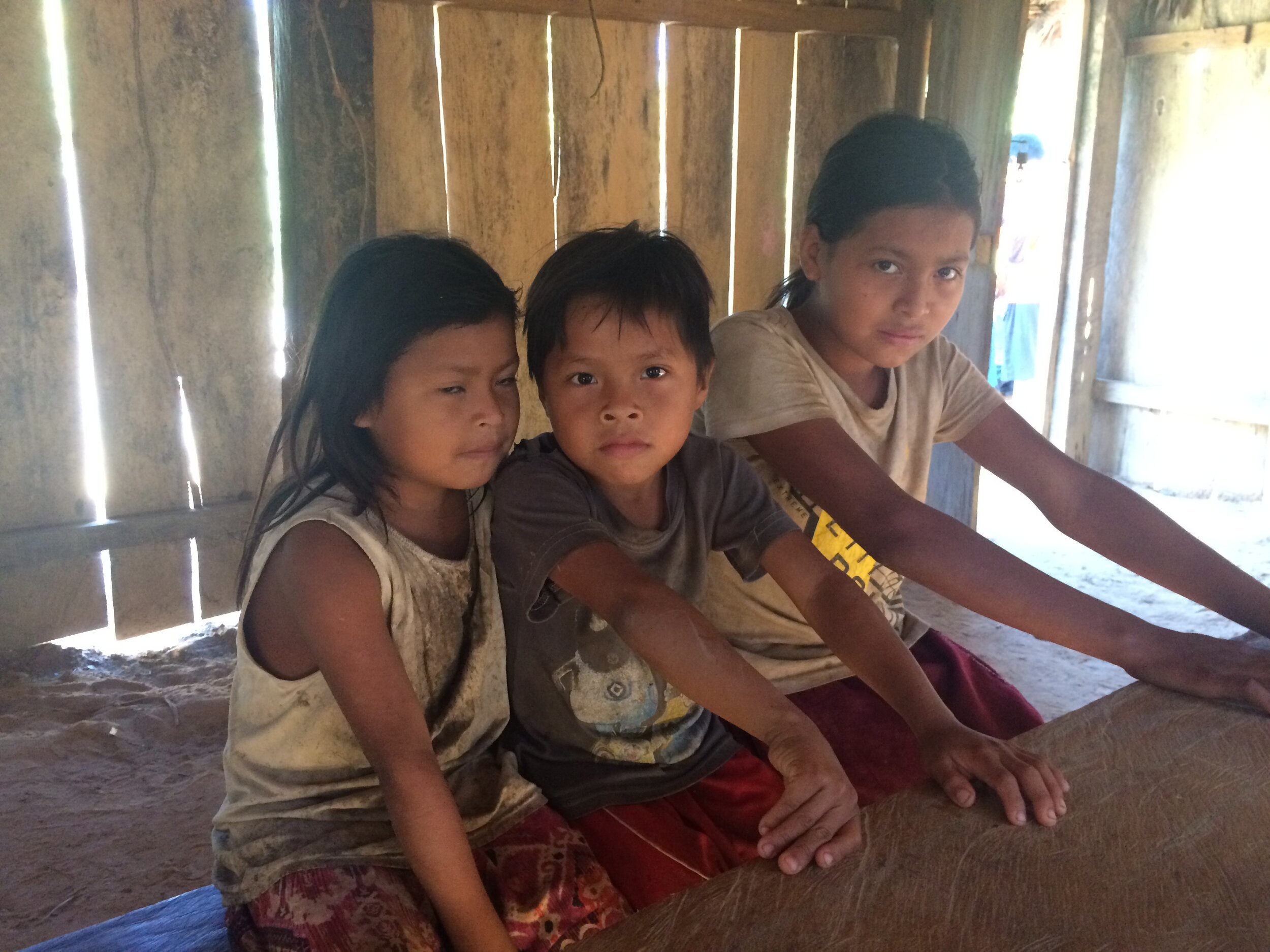
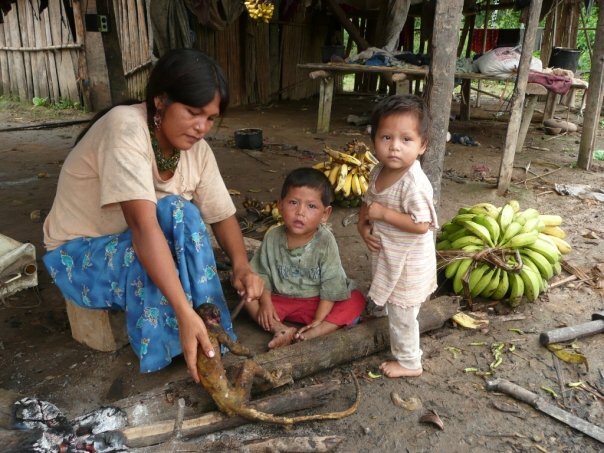
The Tsimane (PRONOUNCED, AND SOMETIMES SPELLED “CHIMANE”) are an Amazonian forager-horticulturalist group inhabiting a vast area of lowland forests and savannas east of the Andes in the Beni Department of Bolivia.
Tsimane make a living cultivating crops, hunting, fishing, gathering, and occasional wage labor. Approximately 20,000 Tsimane live along tributaries to the Amazon River. There exists great variation in the extent of integration into the larger Bolivian society and economy among the Tsimane, continuously increasing with proximity to market towns. While few villages have running water or electricity, many now house schools where students learn to read and write in both Tsimane and Spanish.
Academic Research: Founded in 2001, the Tsimane Health and Life History Project is a joint health and anthropology project aimed at understanding the impacts of ecology and evolution on the shaping of the human life course. One Pencil Board Members Dr. Michael Gurven (University of California at Santa Barbara) and DR. Jonathan Stieglitz (Institute for Advanced Study, Toulouse, France) co-direct this project, and Dr. davis and dr. Christopher von reuden (university of richmond) have also conducted extensive research with the Tsimane as part of the life history project. The science derived from this research has been featured in prominent academic journals and mainstream publications including the New York Times, BBC News, and CBS News.

